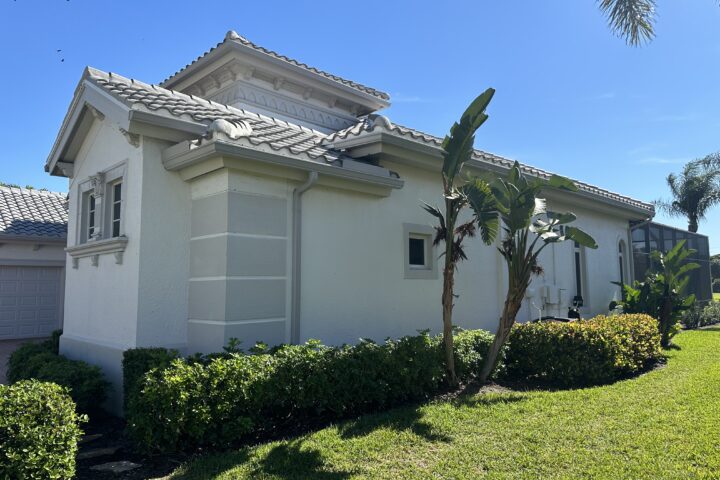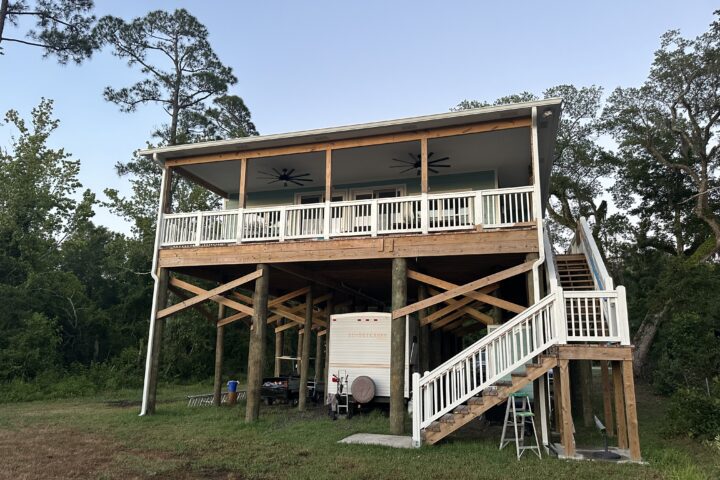Knowing when to repair or replace something can have a significant financial impact—attempting to fix something that will need more repairs shortly after can quickly become costly and result in spending more than you would have if you had replaced it. In this blog post, we'll cover a few indicators of when it would be an excellent time to repair your rain gutter system or replace it altogether. We always want the best outcomes for our customers, which means watching out for your budget, too. Please contact us if you have any questions after reading this blog post.
When To Repair Your Rain Gutter System
Being in a position where you can opt for simple repairs means you're positioned to save money. Trying to get by with simple maintenance when you need more will probably save you nothing and cost a lot more. Some things that can be repaired are bent or crushed downspouts and elbows, missing endcaps, and bent or missing hangars. These pieces can be removed and replaced and likely color-matched as well. Repairing bent sections of the gutter itself will be dependent on the type of construction used to build your rain gutter system. We provide consultation to potential customers with answers to questions like these and more.
When To Replace Your Rain Gutter System
Rain gutter systems are typically made of metal or vinyl, both of which have a predictable lifespan before they need to be replaced. Some symptoms you can look out for are cracking with metal and vinyl. Chipping, specific to vinyl, is an obvious sign of decay and a failing rain gutter system. Cracks in metal and vinyl may not be readily visible as they commonly occur in the creases and corners, where they are harder to spot. An up-close inspection could be required to see if cracks are present. These are all signs of aging, and the rain gutter system should be replaced. If you see water damage along your roofline, facia, or soffit, this could indicate a significant failure or improper installation. If water damage is present, please contact us for a consultation immediately to prevent further damage to the structure.



